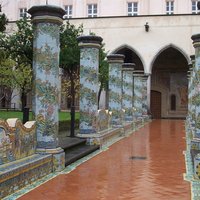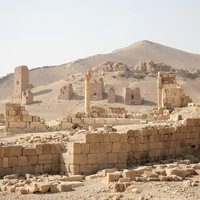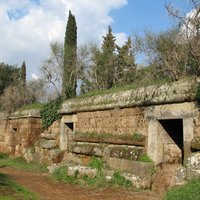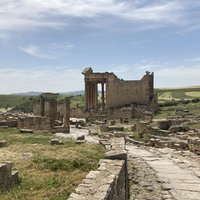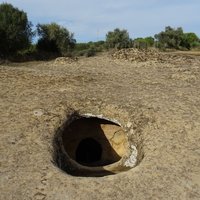Connected Sites
-
AB evaluation Unlike the Egyptian pyramids which were built to enclose and hide the burial chamber,the Napatan ones are commemorative monuments to the deceased, buried in a hypogeum underneath. In front of the pyramid a small temple was built, for offerings.
-
-
Hypogeum of the 3 Brothers
-
The underground tombs in the Puig des Molins necropolis are described as "Hypogea"
See digital.csic.es
-
The necropolises include underground tombs. – "underground funerary chambers" (Nomination file, p. 6) - The Tomba dei Rilievi in Cerveteri is a "hypogeum is reached by descending a long stairway dug out between two rock faces." (Nomination file, p. 11) – Tarquinia's necropolis has "many "casette" (small houses), built towards the end of the 19th century to protect the entrance corridor excavated in the tufa which led to the painted hypogea (...)." (Nomination file, p. 22) – "The Tarquinian tombs have been the subject of the most modern interdisciplinary studies on reasons of decay in hypogeal environments (...)." (Management plan, p. 23)
-
"numerous funerary monuments (hypogea, mausoleums, monumental sarcophagi, etc.)" (AB ev)
-
The hypogeum is a half-buried edifice from the 3rd century. It was erected in the middle of the oldest necropolis, which was excavated in 1913. The hypogeum was designed to house funeral urns in small niches in the walls; at the time of its discovery, it contained sarcophagi, which suggests that it was in use for a long time. (wiki)
-
"numerous typical hypogeal structures, known as the domus de janas" (AB ev) – "This serial property is an ensemble of hypogean burials and necropolises located in Sardinia (...) They represent the most extensive and rich manifestation of hypogean funerary architecture in the western Mediterranean, exemplifying a phenomenon attested by approximately 3,500 hypogea spread across the entire island." (Official description)
-
-
-
Ipogeo di Piazza Duomo
-
-
"These characteristic cyclopean structures include hypogea" (AB ev)


